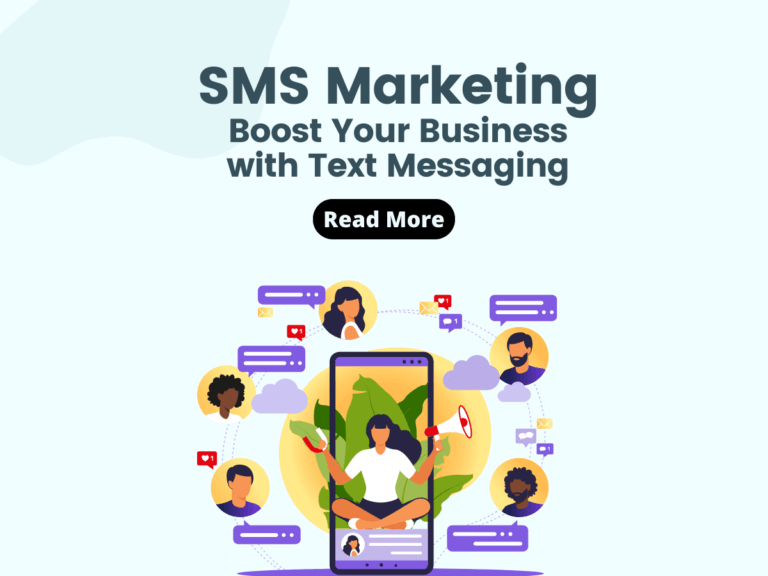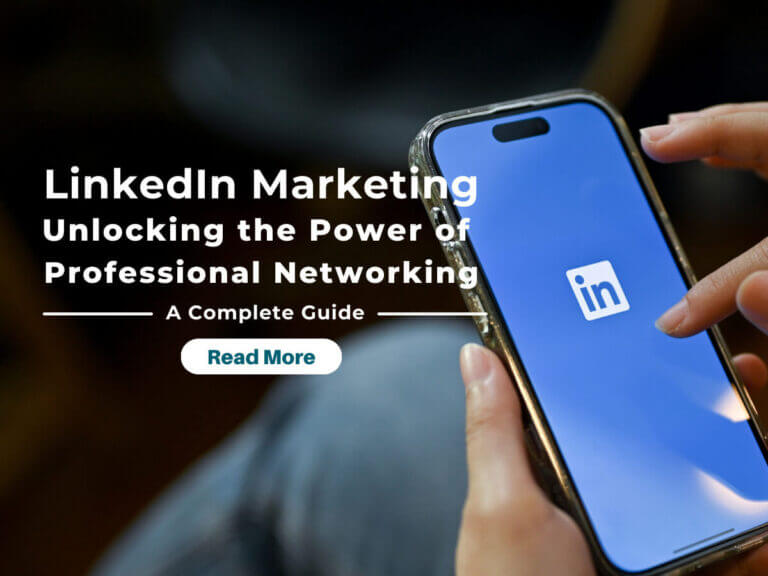As a business owner or marketer, understanding your target audience is critical to the success of your business. If you don't know who your customers are, you won't be able to create effective marketing strategies or develop products and services that meet their needs. In this article, we'll guide you through the steps to identify your target audience, so you can build a strong relationship with your customers and drive more sales.
Table of Contents
Understanding the Importance of Target Audience
Your target audience is the group of people who are most likely to buy your products or services. Understanding your target audience is essential for developing a successful marketing strategy. It allows you to create marketing messages that resonate with your customers, choose the right marketing channels, and build strong relationships with your customers.
Conducting Market Research
Market research is the process of gathering information about your target audience and the market you operate in. It helps you identify the needs, preferences, and behaviors of your customers and competitors. There are several ways to conduct market research, including surveys, focus groups, and online research.
Analyzing Your Current Customers
Analyzing your current customers can help you identify patterns and trends in their behavior and preferences. You can use this information to create buyer personas, which are detailed profiles of your ideal customers.
Creating Buyer Personas
Buyer personas are fictional representations of your ideal customers. They include demographic information, interests, and behavior patterns. Creating buyer personas can help you understand your customers' needs, motivations, and pain points. This information can be used to create personalized marketing messages that resonate with your target audience.
Identifying Your Unique Selling Proposition (USP)
Your unique selling proposition (USP) is what sets you apart from your competitors. It's the reason why your customers should choose your products or services over those of your competitors. Identifying your USP can help you create marketing messages that highlight your strengths and differentiate you from your competitors.
Choosing Your Target Audience
Once you've gathered information about your customers and competitors, it's time to choose your target audience. Your target audience should be a specific group of people who are most likely to buy your products or services. This group should have similar needs, preferences, and behavior patterns.
Refining Your Target Audience
Refining your target audience involves narrowing down your focus to a specific group of people who are most likely to buy your products or services. This can be done by analyzing your buyer personas, studying market trends, and testing different marketing messages and channels.
Testing and Measuring Your Results
Testing and measuring your results is essential to understanding what works and what doesn't. You can use A/B testing to test different marketing messages and channels and see which ones are most effective. You can also use analytics tools to measure the success of your marketing campaigns and make data-driven decisions.
Engaging with Your Target Audience
Engaging with your target audience involves building a relationship with your customers. You can do this by providing value through your marketing messages, responding
to customer feedback, and providing exceptional customer service. Engaging with your customers can help you build trust and loyalty, which can lead to repeat business and referrals.
Building Relationships with Your Customers
Building relationships with your customers involves understanding their needs and providing them with personalized solutions. This can be done through targeted marketing messages, personalized email campaigns, and loyalty programs. Building relationships with your customers can help you create a strong brand reputation and increase customer retention.
Creating a Customer-Centric Marketing Strategy
A customer-centric marketing strategy focuses on the needs and preferences of your customers. It involves creating marketing messages and campaigns that resonate with your target audience and provide value. A customer-centric marketing strategy can help you build strong relationships with your customers and increase customer loyalty.
Choosing the Right Marketing Channels
Choosing the right marketing channels involves selecting the channels that are most effective for reaching your target audience. This can be done by analyzing market trends, studying customer behavior, and testing different channels. The right marketing channels can help you reach your target audience more effectively and increase the ROI of your marketing campaigns.
Personalizing Your Marketing Messages
Personalizing your marketing messages involves tailoring your messages to the specific needs and preferences of your target audience. This can be done by using customer data to create targeted marketing campaigns, such as personalized email campaigns and retargeting ads. Personalizing your marketing messages can help you increase customer engagement and conversion rates.
Understanding the Buyer's Journey
The buyer's journey is the process that customers go through when making a purchase decision. Understanding the buyer's journey involves understanding the different stages of the decision-making process and creating marketing messages that address the needs and concerns of customers at each stage. Understanding the buyer's journey can help you create more effective marketing campaigns and increase conversion rates.
Conclusion
Identifying your target audience is critical to the success of your business. It involves understanding your customers' needs, preferences, and behavior patterns, and creating marketing strategies that resonate with them. By following the steps outlined in this article, you can identify your target audience and build strong relationships with your customers, leading to increased sales and customer loyalty.
FAQs
What is a target audience?
A target audience is the group of people who are most likely to buy your products or services.
Why is it important to identify your target audience?
Identifying your target audience is important because it allows you to create marketing messages that resonate with your customers, choose the right marketing channels, and build strong relationships with your customers.
How can I identify my target audience?
You can identify your target audience by conducting market research, analyzing your current customers, and creating buyer personas.
How do I engage with my target audience?
You can engage with your target audience by providing value through your marketing messages, responding to customer feedback, and providing exceptional customer service.
What is a customer-centric marketing strategy?
A customer-centric marketing strategy focuses on the needs and preferences of your customers. It involves creating marketing messages and campaigns that resonate with your target audience and provide value.
People also Asked
Q. What are four key ways to identify a target audience?
- Conduct market research to identify demographic and psychographic characteristics of your potential customers.
- Analyze your current customer base to identify common characteristics among your most profitable customers.
- Create buyer personas based on your research and analysis to represent your ideal customer.
- Test different marketing messages and channels to see which resonate most with your target audience.
Q. What are the five steps to identify your target audience?
- Define your business goals and objectives.
- Conduct market research to gather information about your potential customers.
- Analyze the data you've collected to identify common characteristics among your ideal customers.
- Create buyer personas based on your analysis to represent your ideal customer.
- Test and refine your marketing messages and channels to reach your target audience effectively.
Q. What is an example of a target audience in a business plan?
An example of a target audience in a business plan could be “young professionals aged 25-34 who are interested in health and wellness and have a disposable income.” This target audience could be for a business that sells healthy meal delivery services or fitness equipment.
Q. What are the 7 types of targeting?
The 7 types of targeting are:
- Demographic targeting
- Psychographic targeting
- Behavioral targeting
- Geographic targeting
- Contextual targeting
- Time-based targeting
- Lookalike targeting
Q. What are 3 different ways to identify a target market?
- Conduct market research to gather data about potential customers.
- Analyze your current customer base to identify common characteristics among your most profitable customers.
- Test different marketing messages and channels to see which resonate most with your target audience.
Q. What 6 questions should be asked to help you determine the target audience?
- What is the age range of your potential customers?
- What is the gender breakdown of your potential customers?
- What are the common interests and hobbies of your potential customers?
- What is the income level of your potential customers?
- Where do your potential customers live?
- What are the pain points and challenges your potential customers are facing?
Q. What are the six steps of defining a target market?
- Define your business goals and objectives.
- Conduct market research to gather information about your potential customers.
- Analyze the data you've collected to identify common characteristics among your ideal customers.
- Create buyer personas based on your analysis to represent your ideal customer.
- Test and refine your marketing messages and channels to reach your target audience effectively.
- Continuously monitor and adapt your marketing strategies to stay relevant and competitive.




